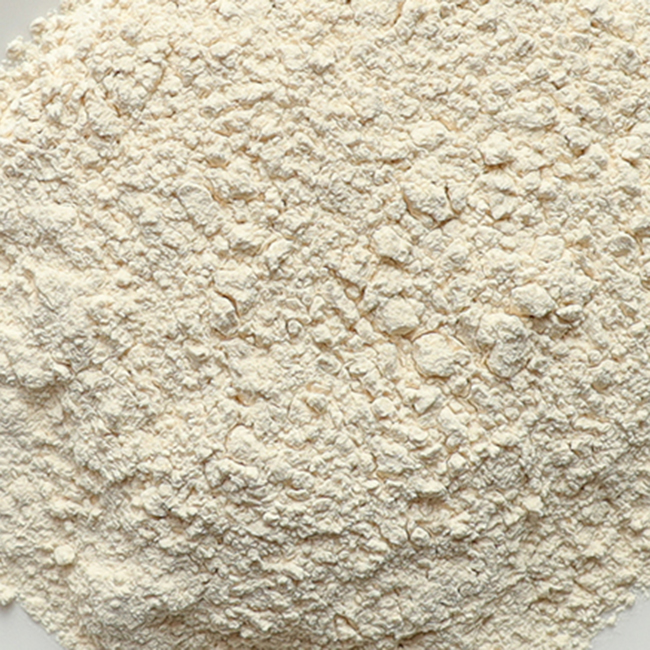
Powder processing process: transfer paste - on the rotary steam paste - cooling - bleach - drying - finished
1, transfer paste: first sweet potato starch mixed with cold water, and then slowly add water into a thin paste, water consumption is about 2.5 to 3 times the amount of starch. Then add the alum water that has been prepared in advance, stir it evenly, and adjust it until there is no grain. 300 grams of alum is added per 100 kg of starch.
2, on the steaming paste: Take powdered flour into a powder about 60 grams, into the dial, the dial is a copper or tin plate diameter of about 20 cm shallow disc, the bottom slightly convex. After the powder paste is added, the dish floats on the boiled water in the pan, and is toggled to rotate so that the powdered paste is subjected to a centrifugal force to spread evenly from the center of the chassis to the surroundings, while being heated while pressing the bottom of the rotary table Paste shape and size molding. When there is no white spot in the center of the powder paste, it is evenly removed and placed in clean water to cool. During the simmering operation, the powdered paste in the powder mixing tank needs to be stirred constantly to make the thin and thick paste uniform. This process is the key to making the powder, it must be agile, skilled, stable, and evenly rotating, in order to ensure consistent thickness of the skin.
3, cooling: The cooked skin, put a moment in cold water, remove and drain water.
4. Bleaching: Make the wet meal, bleach it in physalis, remove it after bleaching, and rinse with clean water.
5. Drying: Spread the bleached and washed powdered skin on the bamboo basket or stick it on the sorghum foil prepared in advance and dry it. After dried, the powdered skin is required to have a moisture content of no more than 2% by weight and is dry and free from wet cake, and is not broken.

 Powder processing process: transfer paste - on the rotary steam paste - cooling - bleach - drying - finished
Powder processing process: transfer paste - on the rotary steam paste - cooling - bleach - drying - finished 
